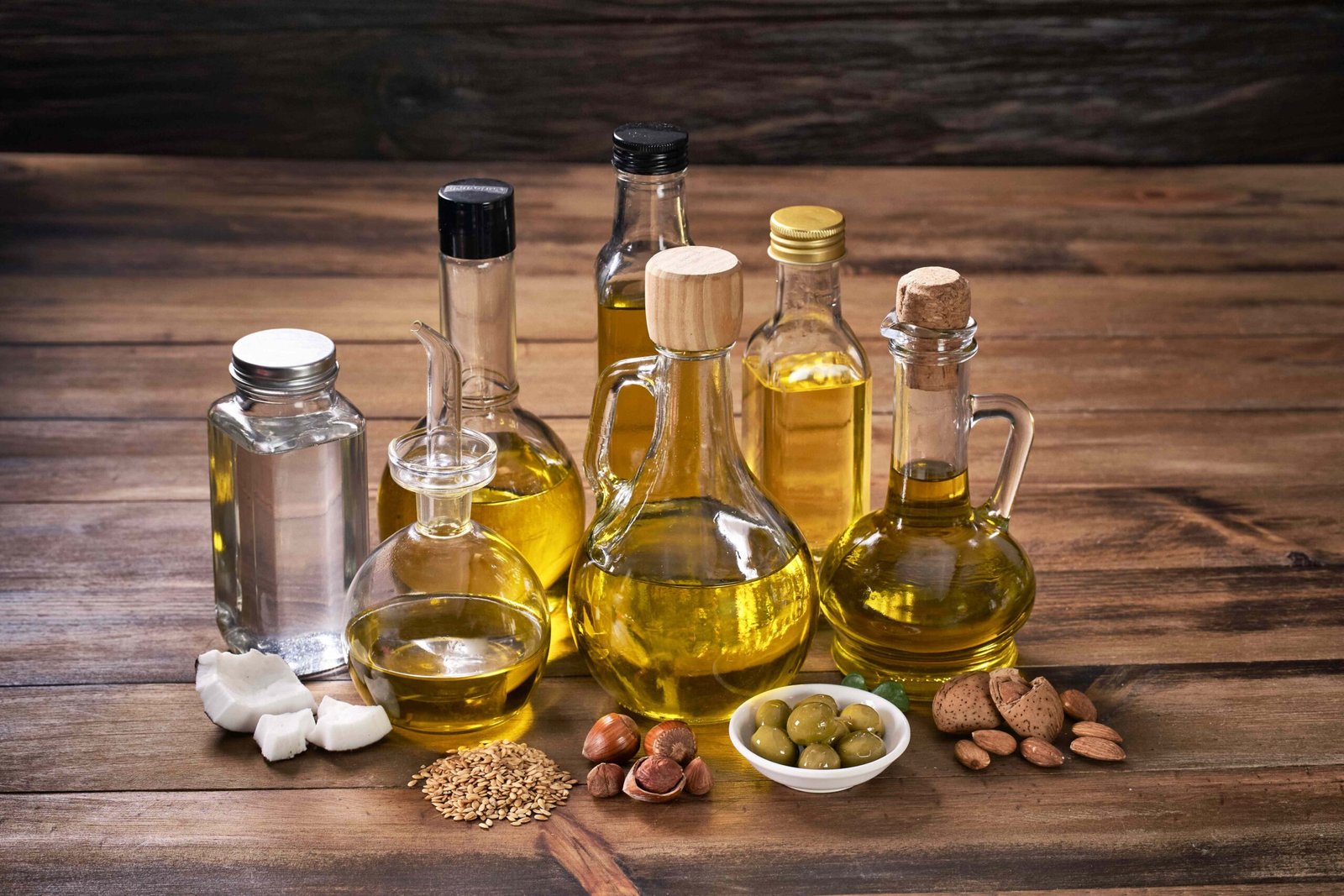
If you’re interested in losing weight in your face around your chin, cheeks, and neck, know that there’s not much evidence to suggest you can reduce fat in targeted areas specifically. Fat reduction in the face is a result of whole-body weight loss. While there are limited methods to reduce fat only in the face, there are some tools and strategies you can use to sharpen your appearance.
As much as you may like to choose where you lose weight, spot targeting weight loss is not that simple. Practicing exercises to tone your facial muscles may help give your face a more sculpted look, but will not cause you to lose fat in your face specifically.
Weight loss is typically a whole-body process. For example, several studies have shown that exercises specifically targeting the abdomen and legs do not predict targeted weight loss from those areas.
If you’d like to reduce your facial fat, aiming for overall weight loss is the best first step. Here’s how.
Physical Activity
Most adults should aim to get at least 150 minutes of moderate-intensity physical activity per week plus two days of strength training per week.
Moderate-intensity physical activity, also known as cardio, can include activities such as taking a brisk walk or going for a bike ride. Cardio exercises help you burn calories and fat during activity, while building more muscle helps you burn more calories at rest. In this way, both types of exercise are important for weight loss.
Dietary Adjustments
When combined with physical activity, certain dietary choices may help you lose weight. General tips for a balanced diet to support weight loss include:
- Eat more: Protein, fruits, vegetables, and fiber
- Eat less: Foods that are high in calories and sugar and low on nutrients, like carbonated drinks and alcohol
Aesthetic Procedures
Aesthetic or cosmetic procedures, such as liposuction or other procedures that involve heat or cold to reduce fat cells, may be able to help change your facial appearance. However, these procedures typically involve downtime, are expensive, and can be invasive.
It’s easy to confuse facial fat and facial puffiness. When your body retains water, it can give different areas of your body, including your face, a puffy look. There are several reasons why you may experience water retention and puffiness. These include:
- Drinking alcohol, especially in excess
- Long-term steroid use
- Liver and kidney disease
- Pregnancy
A healthcare provider can help determine the underlying cause of any facial puffiness and recommend ways to help manage it.
Facial fat is best targeted through full-body weight loss, but you can try other strategies to reduce puffiness and water retention. Some lifestyle changes include:
- Reduce alcohol consumption: Alcohol affects your body’s fluid balance and can change the appearance of your face.
- Reduce sodium intake: Eating too much salt can lead to water retention.
- Manage your stress: Stress can impact your cortisol levels, which may cause you to retain water.
- Improve your sleep quality: Poor sleep can cause your face to be more puffy and look less bright or tight overall.
Changing the appearance of your face can take time, especially if you’re on a weight loss journey or have underlying medical conditions that contribute to a puffier or rounder look in your face.
Setting realistic and attainable goals is key for this type of change. Sometimes, what’s possible or healthy to achieve may not match your expectations. If your appearance is causing you considerable stress, talk to a healthcare provider or therapist who can help you navigate your concerns.
A fuller face can sometimes be a sign of an underlying condition. See a healthcare provider if you have:
- Sudden or rapid facial swelling
- Persistent puffiness despite lifestyle changes
- Facial swelling with shortness of breath, weight gain, or fatigue
- Use of long-term corticosteroids
- Fever
Getting a medical evaluation can help rule out conditions such as Cushing’s syndrome, allergic reactions, or fluid retention from other underlying conditions.
While you can’t spot-reduce fat in your face, a combination of full-body weight loss and lifestyle habits can help slim and sculpt your appearance. Focus on consistent physical activity, a nutritious and balanced diet, and managing factors like stress and sleep to help improve how you look and feel.






